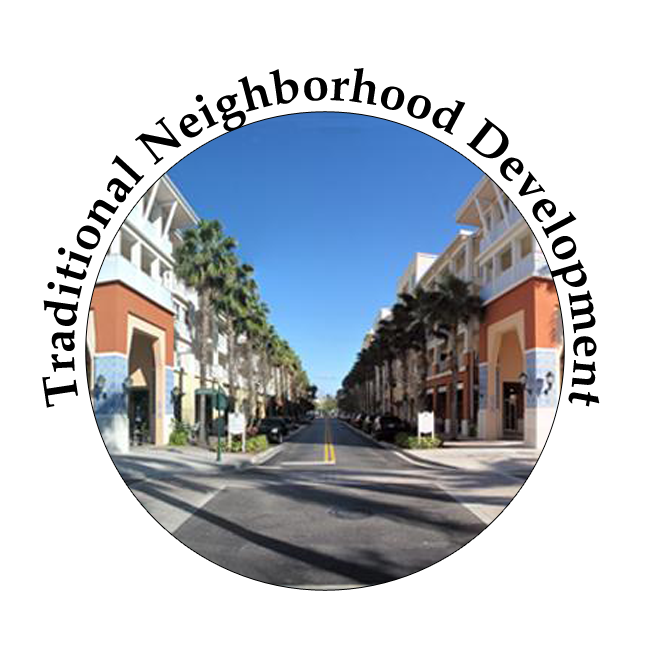
The Sustainable Cities Institute defines Traditional Neighborhood Development (TND) as a project that includes a variety of housing types, a network of well-connected streets and blocks, and a variety of public spaces. It should also have amenities such as stores, schools and places of worship within walking distance of residences. This concept applies to towns and neighborhoods, it should not be mistaken for New Urbanism- which can range from one building to an entire region.
The benefits of Traditional Neighborhood Development are:
Source: http://www.sustainablecitiesinstitute.org/view/page.basic/class/feature.class/Overview_Lesson_TND
The Abacoa master plan, which resembles a patchwork quilt by melding homes, neighborhoods, schools, shops, offices, recreation sites, and nature preserves into a cohesive richly textured whole. Each distinct aspect works to engage people more closely with their surroundings and each other.
Abacoa was conceptualized as a community where residents can live, work, play, shop, exercise and socialize all in one place. The development contains a wide variety of housing types including large and small-lot single-family detached homes, townhouses, condominiums, freestanding apartments, and apartments above the town center retailers.
The Abacoa development has received national recognition as a Traditional Neighborhood Development (TND) and acknowledged by the EPA for using Smart Growth Principles:
The mixed-use community of Abacoa is designed around the principles of Traditional Neighborhood Development. Front porches, sidewalks, bike paths, and narrow streets make the neighborhoods and the town center more accessible while reducing the number of cars on the road. Additionally, the Greenway trails connect neighborhoods with pedestrian paths, and a free weekend trolley bus brings residents to and from the Town Center, stadium, and Abacoa Plaza (As stated by the EPA’s Office of Sustainable Communities: http://www.epa.gov/dced/case/abacoa.htm).
Additionally, Abacoa has hosted many tours and talks with such organizations as the Urban Land Institute, American Planning Association, Walk Florida, and many Florida municipalities. These accreditations help reinforce Abacoa’s success in incorporating not only environmental features such as the Greenway, but also compact and healthy development.
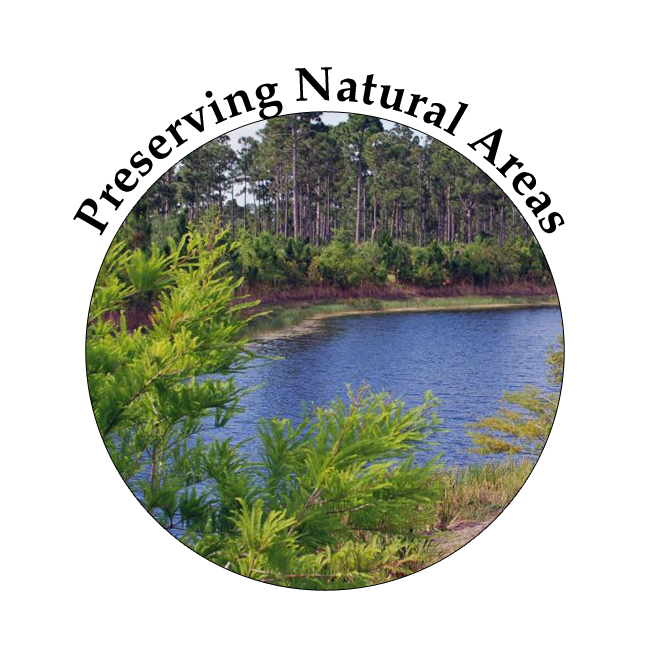
The Greenway covers a total of 260 acres, or 13% of the original intact buildable native landscape in Abacoa. The native landscape of the region was restored and preserved within the Greenway through the removal of non-native and invasive species. The native landscapes found in the Greenway are the Scrubby Flatwoods, Pine Flatwoods Prairie, and Mesic Pine Flatwoods. The dominant native trees found in the flatwoods are:
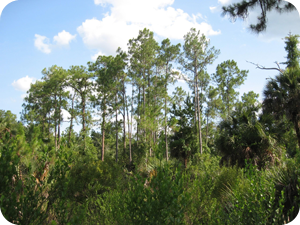
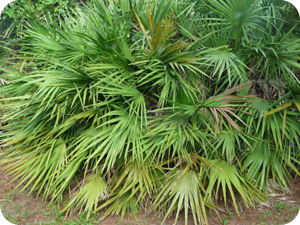
The Greenway also includes a restored surface water management system that takes in stormwater runoff and recharges the local aquifer. Abacoa’s hydrologic system has been created by developing multiple basins. Some are designed to wet basins, which contain water all year, and some to be dry basins which are wet only during heavy rains. These wet and dry basins mimic some of South Florida’s most valuable natural habitats. The dry basin allows water to pool up during the rainy season and seep into the ground, allowing it to recharge the groundwater for later use.
The Greenway can be used by residents for exercise and nature viewing. Nearby schools also use the Greenway for educational purposes, the posters located across the Greenway trails are available for viewing on the Abacoa POA website: http://www.abacoa.com/greenways-lakes.
The Greenway devotes 70% of its total acreage to the support of the native gopher tortoise population. The Greenway follows the orientation of the native habitat of the gopher tortoise. Abacoa’s Gopher Tortoise Management Plan, maintained by the Northern Palm Beach County Improvement District, ensures the protection of the gopher tortoises’ habitat. These sections/ranges of the Greenway are connected with land bridges and underground tunnels that mimic the burrowed tunnels which gopher tortoises create in order to allow an easy transition from one area to the other.
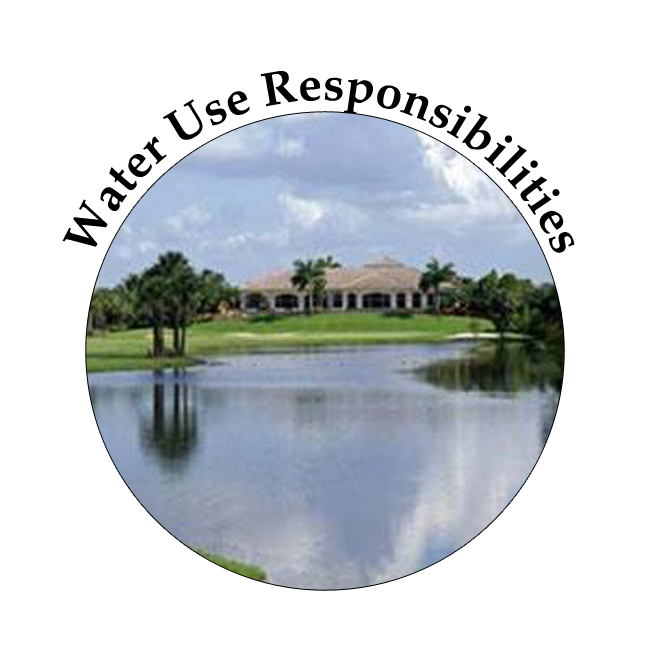
On a community wide level, a sustainable plant pallet has been implemented throughout the development, which is supported by irrigating with recycled water.
The recycled water used in Abacoa is called I.Q. water. It is thoroughly treated and disinfected wastewater which must meet the requirements of the Department of Environmental Protection (DEP) and the Public Health Department.
As a supplement to nature’s supply of rainwater, all lots in Abacoa have underground and fully automated sprinkler systems used for irrigation.
The Loxahatchee River Environmental Control District, also known as ENCON, controls and monitors the flow of irrigation quality water used for landscaping in all of Abacoa.
The ENCON’s Wastewater Evaporators have the ability to shut off the supply of water once the specified allotment of water use has been reached, or if there has been enough rainfall in a day to satisfy the need of irrigation.
There are many ways in which a homeowner can retrofit their home for more sustainable water use practices. Using water-efficient appliances, water-monitoring devices, tailoring your lawn care practices to suit local conditions, knowledge of preserving healthy ponds and lakes behind your home are all diverse techniques to save money, time and help prevent water pollution. Remember, water resources within your watershed are affected by all the actions on your land.
For more information, visit: http://www.epa.gov/greenhomes/ConserveWater.htm
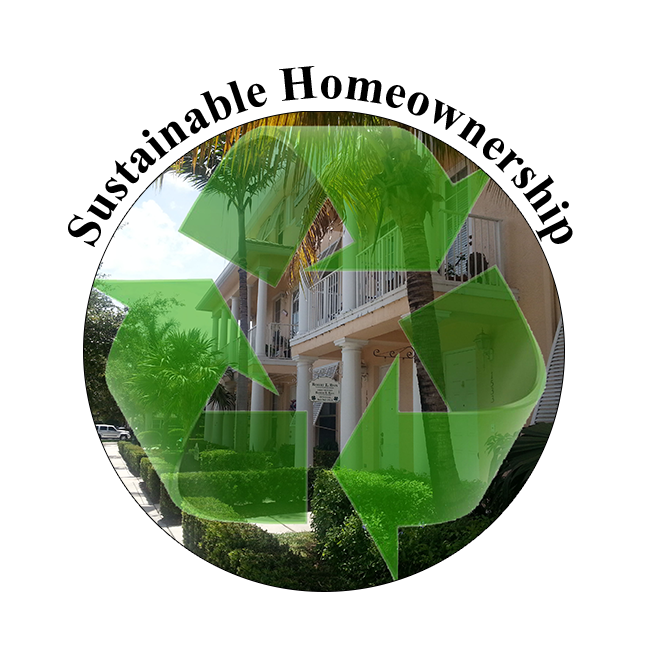
For information on how to promote sustainability in your own home please visit the various Environmental Protection Agency’s (EPA) links below: